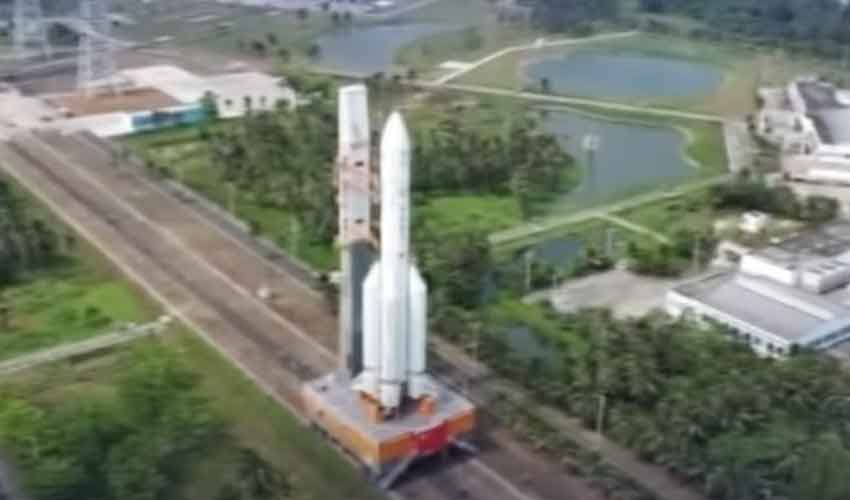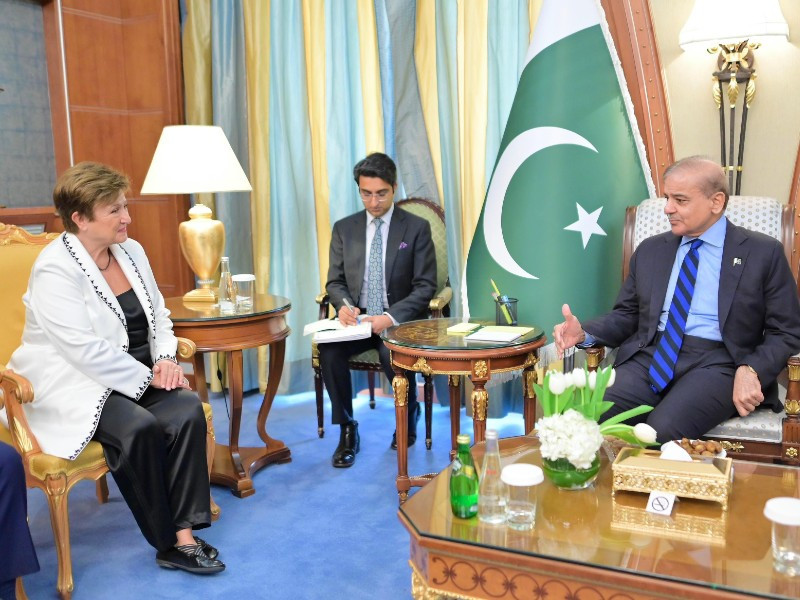Pakistan’s iCube Qamar moon mission
Pakista’s iCube Qamar moon mission.Pakistan, known for its ambition in the realm of space exploration, has embarked on a groundbreaking journey with its iCube Qamar Moon Mission. This ambitious venture marks Pakistan’s entry into the elite club of nations aiming to explore the celestial bodies beyond Earth.
Named after the Arabic word for moon, “Qamar,” the mission symbolizes Pakistan’s aspirations to reach new heights in space exploration. Led by a team of dedicated scientists and engineers, the iCube Qamar Moon Mission represents the culmination of years of meticulous planning and technological advancement.
At the heart of the mission is the iCube, a state-of-the-art satellite designed to orbit the moon and conduct a wide array of scientific experiments. Equipped with advanced instrumentation and cutting-edge technology, the iCube aims to unravel the mysteries of the lunar surface and contribute valuable data to the global scientific community.
One of the key objectives of the iCube Qamar Moon Mission is to study the lunar environment and gather crucial data that could pave the way for future manned missions to the moon. By analyzing the composition of the lunar soil, mapping its surface features, and studying its geological formations, scientists hope to gain valuable insights into the moon’s history and evolution.
Furthermore, the mission seeks to demonstrate Pakistan’s technological prowess in the field of space exploration and inspire the next generation of scientists and engineers. Through public outreach programs and educational initiatives, the iCube qamar moon mission aims to ignite a passion for space exploration among the youth of Pakistan and foster a culture of innovation and discovery.
conclusion
As Pakistan takes its first steps towards the moon, the iCube Moon Mission stands as a testament to the country’s determination to push the boundaries of human knowledge and exploration. With its eyes set on the stars, Pakistan is poised to make its mark on the world stage and contribute to the collective endeavor of humanity to explore the cosmos.

 various tactics to avoid detection by airport security measures. However, the keen eyes of customs officials, backed by advanced scanning technology, detected anomalies during routine screenings, prompting a thorough inspection of the suspect luggage.
various tactics to avoid detection by airport security measures. However, the keen eyes of customs officials, backed by advanced scanning technology, detected anomalies during routine screenings, prompting a thorough inspection of the suspect luggage.



